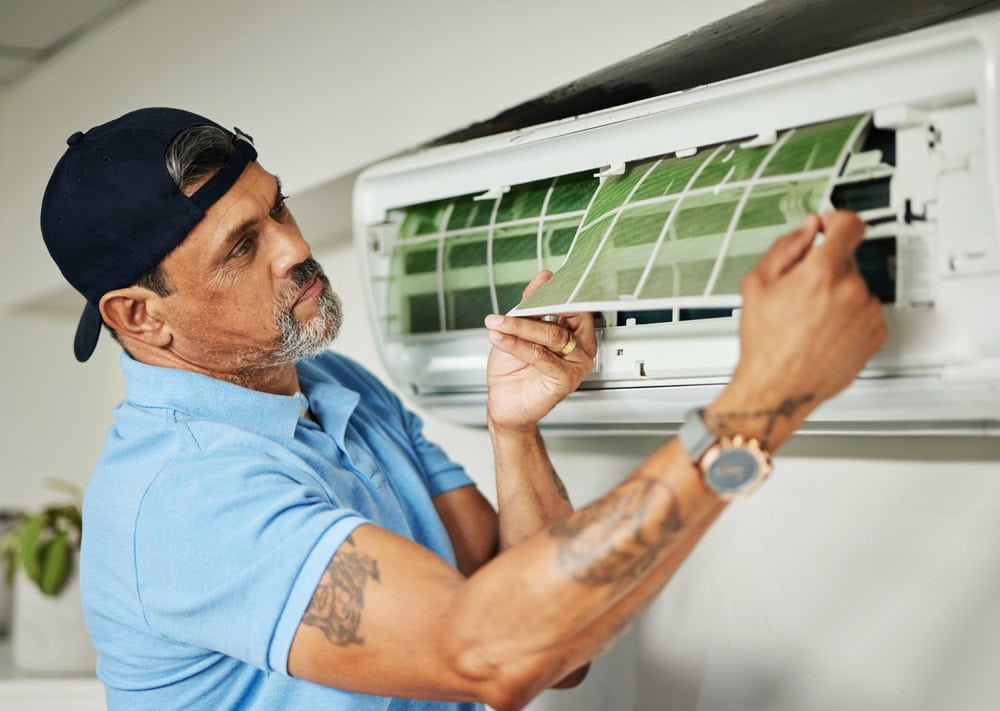How to Read CSLB Questions the Way the Test Writers Intended
Every contractor preparing for the California State License Board (CSLB) exam quickly learns that this test is unlike any jobsite challenge. It’s about knowing your trade, but it’s also about knowing how to think like the test writers. The CSLB wants to ensure you can apply your trade knowledge safely, legally, and professionally. But if … Read more










